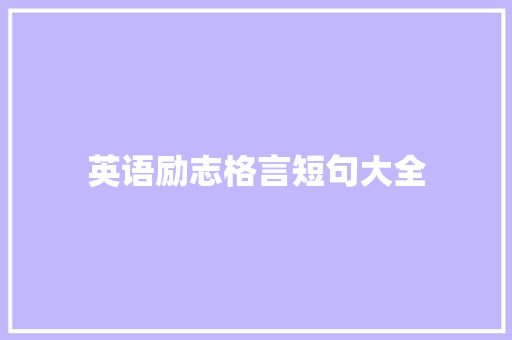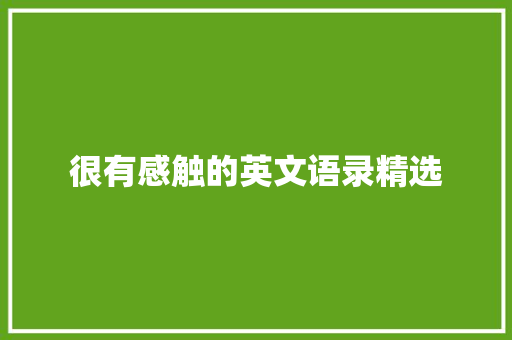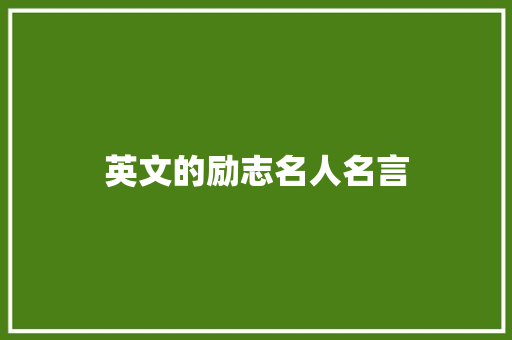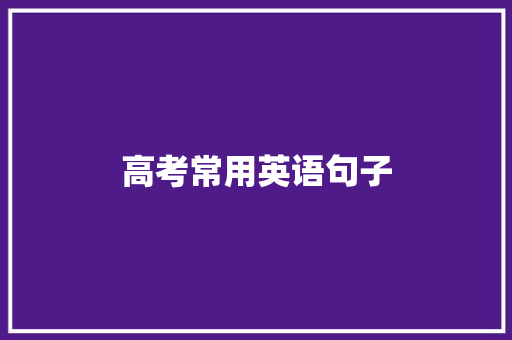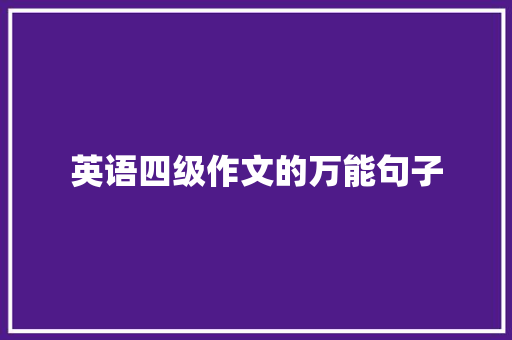1)对立法:先引出其他人的不同看法,然后提出自己的看法或者偏向于某一看法,适用于有争议性的主题。
[1] When asked about..., the vast/overwhelming majority of people say that …. But I think/view a bit differently.

当被问及道......的话题,大多数人认为,但是我却持有一点反对意见。
[2] When it comes to ...., some people believe that…. Others argue/claim that the opposite/reverse is true. There is probably some truth in both arguments/statements, but I tend to the former/latter.
一提到....一些人相信....然后另一部分人却不这么认为。这两种观点都有相对正确的地方,但我更倾向于前者(后者)
[3] Now, it is commonly/generally/widely believed/held/acknowledged that..... They claim/ believe/argue that ... But I wonder/doubt whether.....
现在,普遍的观点认为...他们坚信....但我对此却表示怀疑...
2)现象法:引出要剖析的现象或者问题,然后评论。
[1] Recently the rise in the problem/phenomenon of ... has cause/aroused public/popular/wide/ worldwide concern.
近来有个现象(问题)不断发生...并且已经受到公众广泛关注。
[2] Recently the issue of the problem/phenomenon of ...has been brought into focus/into public attention.
最近关于....的现象(问题)已经进入了公众的视线。
[3] Inflation/Corruption/Social inequality ... is yet another of the new and bitter truth we have to learn to face now/constantly.
通货膨胀(****、社会不平等社会问题)已经成为了新的可怕的真相,使我们不得不持续地面对。
3)观点法:开门见山,直接了当地提出自己对要讨论的问题的看法。
[1] Now people in growing/significant numbers are beginning/coming to realize/accept/(be aware) that...
现在越来越多的人已经开始意识到...
[2] Now there is a(n) growing awareness/recognition of the necessity to....
越来越多人已经意识到....的必要性
[3] Now people become increasingly aware/conscious of the importance of ....
现在人们已经不断地密切关注......的重要性
[4] Perhaps it is time to have a fresh look at the attitude/idea that....
是时候应该对用一种新的观点(态度)来看待...了
4)引用法:先引出名人名言或者有代表性的看法,来引出文章要展开论述的观点!
[1] "Knowledge is power." This is the remark made by Bacon. This remark has been shared by more and more people.
“知识就是力量”这是培根的名言,正被越来越多的人分享。
[2] "Education is not complete with graduation." This is the opinion of a great American philosopher. Now more and more people share his opinion.
“教育不应该随着毕业而结束。”这是一个著名的美国哲学家的观点,现在越来越多人分享着他的名言。
[3] "...." We often hear statements/words like those/this.
我们经常听到这句名言...
[4] We often hear such traditional complains as this "....".
我们经常听到这句古训...
5)比较法:通过对过去、现在两种不同的倾向、观点的比较,引出文章要讨论的观点。
[1] For years, ...had been viewed as .... But people are taking a fresh look now. With the growing ..., people ....
多年来,普遍认为的观点是...但是现在人们正用一种新的眼光看...随着...的增长,人们还会...
[2] People used to think that ... (In the past, ....) But people now share this new idea.
过去人们认为,但是现在人们有了新的观点。
6)故事法:先讲一个较短的故事来引发读者的兴趣,引出文章的主题。少用!
[1] Once in (a newspaper), I read of/learnt..... The phenomenon of ... has aroused public concern.
曾经在报纸上我读到过这么一段事情...这个现象已经引发了强烈的关注。
[2] I have a friend who ... Should he ....? Such a dilemma we are often confronted with in our daily life.
我有个朋友他....他应该这样吗?此类困难在我们日常生活中一直遇到。
[3]Once upon a time, there lived a man who .... This story may be (unbelievable), but it still has a realistic significance now.
从前有个人...这个故事也许是虚构的,但我认为现在很有现实意义。


